Your email subscription can be managed on this page. Email me at mjnrootdig@gmail.com if that does not allow you to fix any issues you have with your subscription.
Wills, deeds, and other legal documents may list all the children of a specific individual. Don’t assume that they are listed in order from oldest to youngest. They may be–or they may not be. Try and use other records to estimate the years of birth for at least some of the children. That may give you a better perspective on whether they are listed in birth order or not.
We are excited to announce three new webinars next week: Using US Probate Records on FamilySearch Using Passenger Lists at FamilySearch Determining if Your Soldier with Pre-1866 Military Service Received a Pension or Benefit Registration is limited. More details can be found on our blog post.
We are excited to be offering another section of my US Land Records class. Registration is limited. Additional details are on our announcement page.
The maiden name given for my ancestor on her marriage record differed from the maiden name her children listed for her in their own records. Don’t conclude the children were wrong. While they weren’t alive when their mother was born, they may have had some knowledge of who her parents were and what her maiden name was. In this case, the name given on the mother’s marriage record was actually the last name of her step-father and not her actual father’s last name. Turned out her kids actually had the name right.
When using a record or source that is new to you, here are some things to think about to make the best use of it: What time period does the record cover? What was the purpose of the record? How did someone or something “get in” the record? How were the records originally organized and stored? If there is an index, is it a full-name index? Are there terms in the record that I don’t understand? There are other questions to ask about the record as you analyze the information it contains, but the answers to these questions will hopefully make your search easier.
Ancestry.com recently added a database of fire insurance records from 1768-1937 for Ostfriesland, Germany, to their website. I made a rookie mistake when using these records for the first time. I simply typed in names and did not read the description of the records.
When making a trip to a courthouse, taking a genealogical reference manual isn’t necessary. However, work in land, court, and probate records may go more smoothly if you have a list of basic terms and their definitions with you. Confusing terms such as grantor/grantee, defendant/plaintiff, administrator/executor, quit claim/ warranty, etc. may cause you to waste research time.
One of the biggest mistakes a genealogist can make is assuming that what is true today was true 150 or more years ago. Analyzing an 1850 era probate settlement by comparing it to an estate settlement in 1990 is not the best approach. Laws are different and procedures may not quite be the same. Contemporary state statutes (many of which are online at Google Books) should shed some light on practices and procedures during the time of interest.
Undated clippings often leave the genealogist wondering from whence they came. There may be clues as to the paper’s origins on the reverse side–are any popular events mentioned, street addresses, etc. that might help determine where the item was published? On the chance the newspaper has been digitized, consider searching for key terms from the clipping (and the reverse side—just not as a part of the same search) in an attempt to find its source.
If you are trying to get additional perspective on the historical environment when a certain event in your family tree took place, consider reading some newspapers during that time. Don’t just grab the New York Times or some other large city paper–read a local weekly as well. You may be surprised at what you learn.
For most of American history, people could change their names or alter the spelling of their names relatively easily–without going to court. Among the places where you may find evidence of those name changes are probate and pension records. The court may notice that deeds of property acquisition do not quite match with the name of the deceased. Pension application examiners may notice that the name at marriage does not match the name on the application. There may be affidavits about the name differences in the record, or a judge or clerk may make some notation about it.
Most of the information given in original documents (census, death certificates, birth certificates, etc.) came from what someone remembered. Documentation was not required by the census taker when information was provided. The same thing is true of much of the information on a death certificate (especially information about the person’s and parents). Ask yourself, “what evidence” did the informant have to have to get this information included in the record? Chances are none was required.
Do you have a fairly near relative who died and who left no descendants of their own and whose siblings had no descendants? If there was no will and there was property requiring an estate settlement, that probate file may mention a number of distant relatives–and if recent enough (usually post 1900), addresses may be included.
If you’re wanting to work on your genealogy, but need something a little different, pick an age. Then determine what each of your ancestors were doing at that point in their lives. Try and answer the following questions: Where were they living? Who were they living with? Were they employed/still earning a living (assuming the age chosen wasn’t one for a child)? What immediate family members were still living? Which ones were living nearby? What national events were going on that might have reasonably impacted your ancestor?
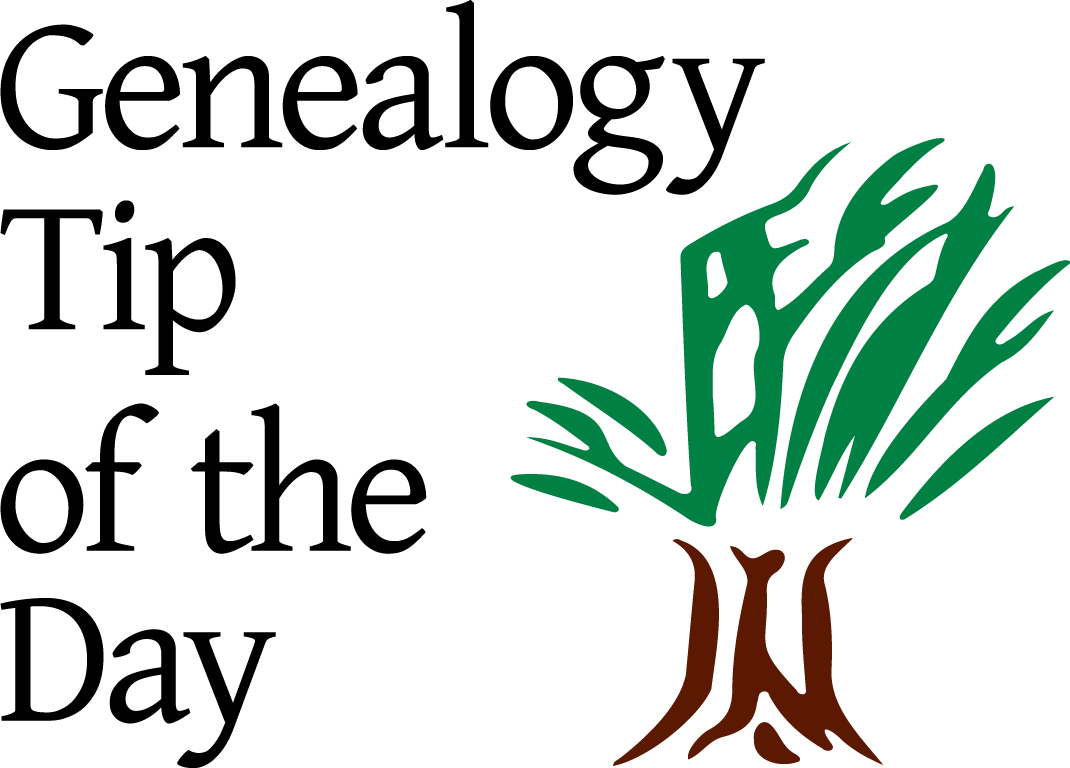
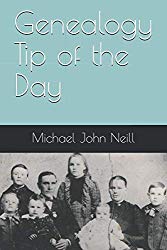
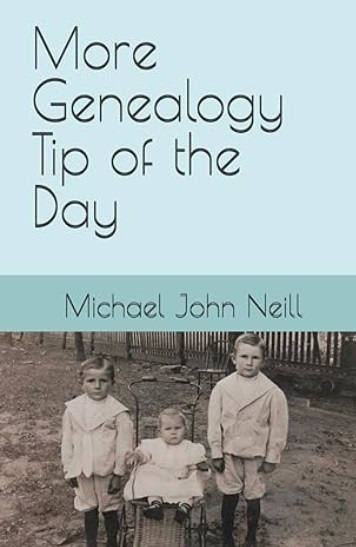

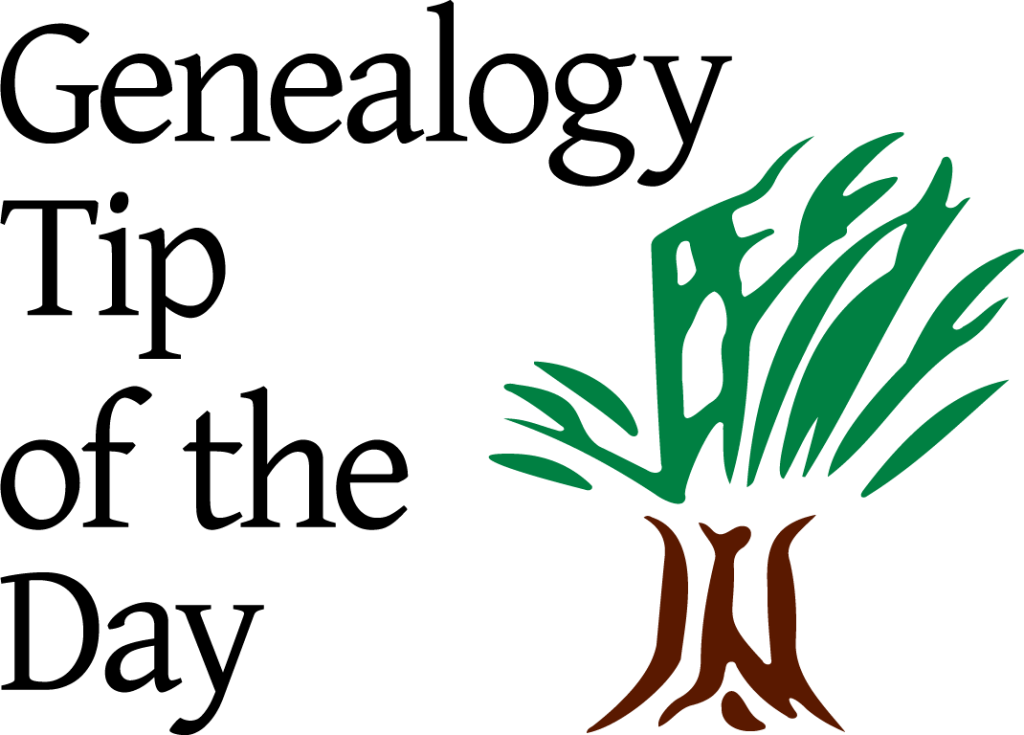
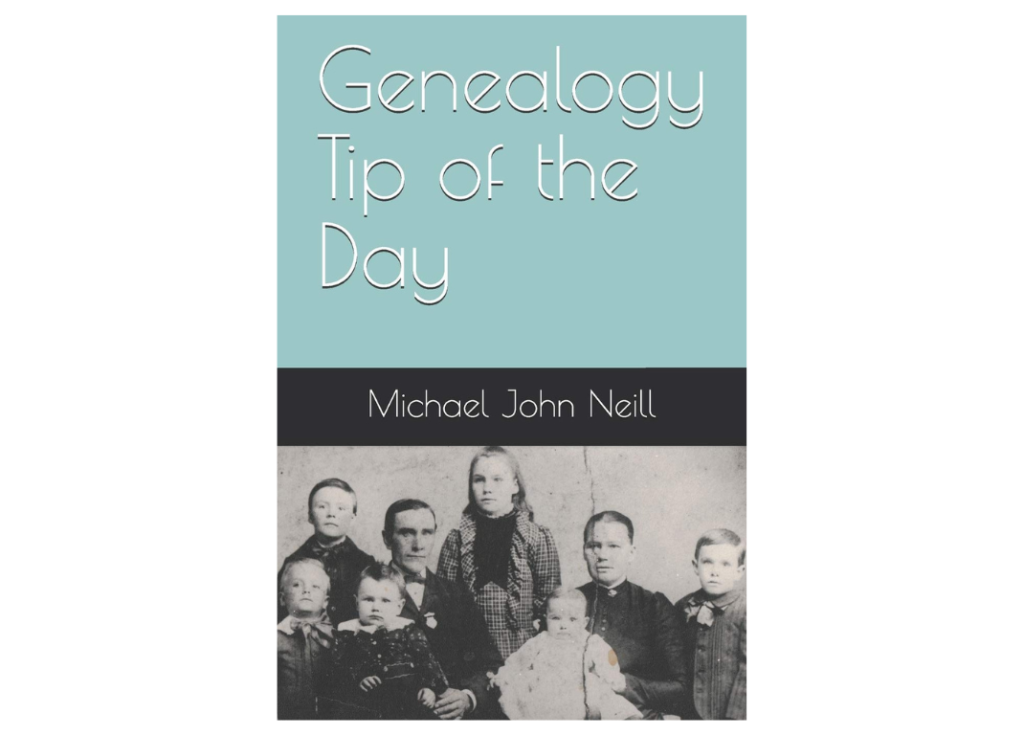
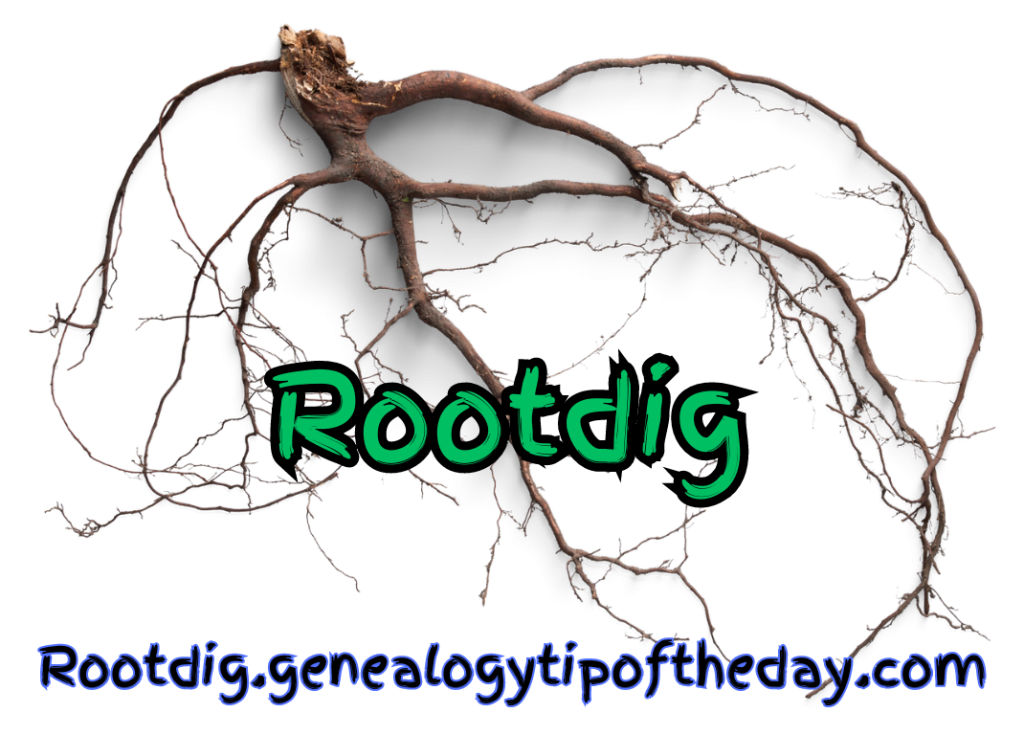

Recent Comments